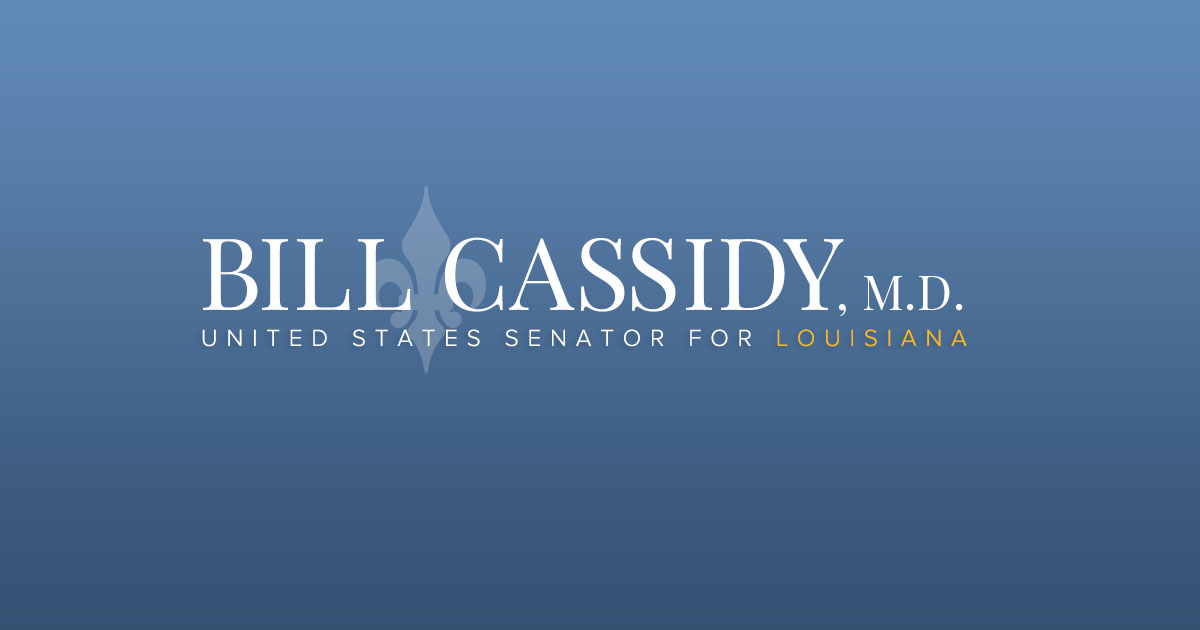Source: United States Senator for Louisiana Bill Cassidy
WASHINGTON – U.S. Senators Bill Cassidy, M.D. (R-LA), Tim Scott (R-SC), and Richard Burr (R-NC) introduced the Kids in Classes Act. The bill would allow families with children in Title I schools to put unused federal education funds toward in-person education, should their school close due to COVID-19 or a teachers union strikes.
“When teachers unions have more say in a child’s education than that child’s own parent, we have a problem,” said Dr. Cassidy. “The science is clear, kids need to be in the classroom. Our bill empowers parents to choose what is best for their child’s education.”
“School closures have failed America’s children, particularly students in marginalized communities whose families are living paycheck-to-paycheck,” said Senator Scott. “As districts continue to bow to the demands of labor unions, we must ensure our nation’s children are protected from further learning loss and isolation. Enabling all kids to achieve the American Dream starts with giving all kids the education they deserve—no matter their zip code.”
“Students are more successful when they are in the classroom, parents know that and data proves it,” said Senator Burr. “This legislation will help keep children in the classroom by giving families the option to continue using Title I funds at a different, in-person school should their child’s current public school close because of COVID-19. I’m proud to work with Senators Scott and Cassidy on this important legislation to help families avoid the devastating impacts of unnecessary school closures.”
Representative Chris Jacobs (R-NY-27) is introducing companion legislation in the House of Representatives.
Background:
Data shows that children living in the poorest 20 percent of neighborhoods in the United States will experience the most negative and long-lasting effects of school closures. The Kids in Classes Act would allow these children’s families to put unused Title I funds toward:
- Curricular materials;
- Books and instructional materials;
- Technological educational materials;
- Tutoring or educational classes outside the home;
- Private school tuition;
- Testing fees;
- Diagnostic tools; and
- Educational therapies for students with disabilities.
###
